Your cart is currently empty!
Dingonek
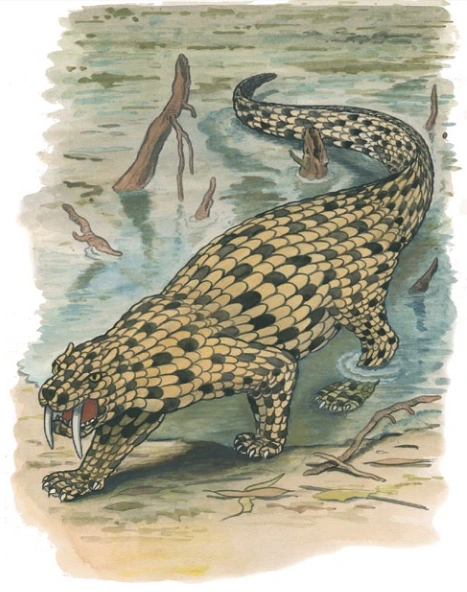
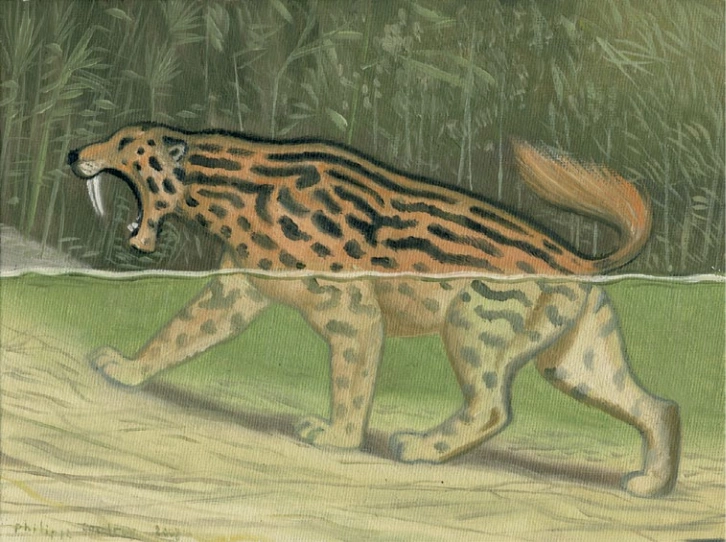
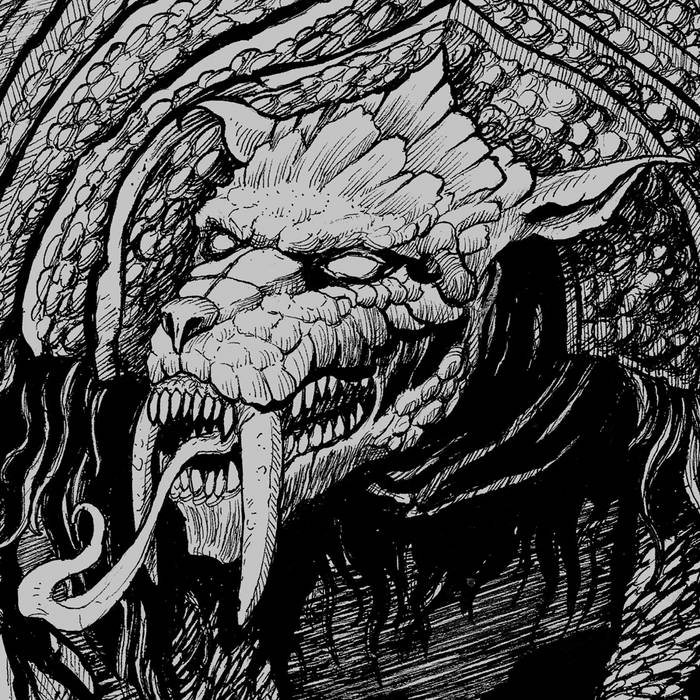
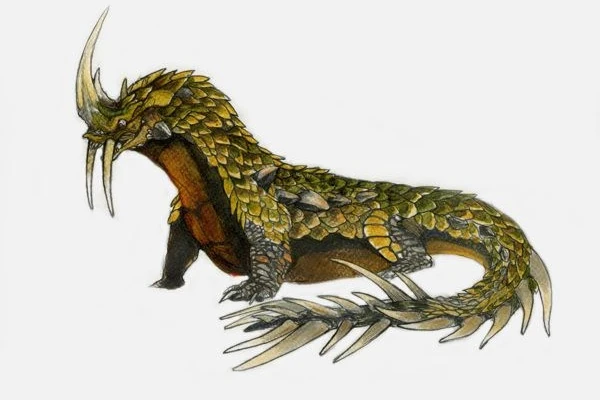
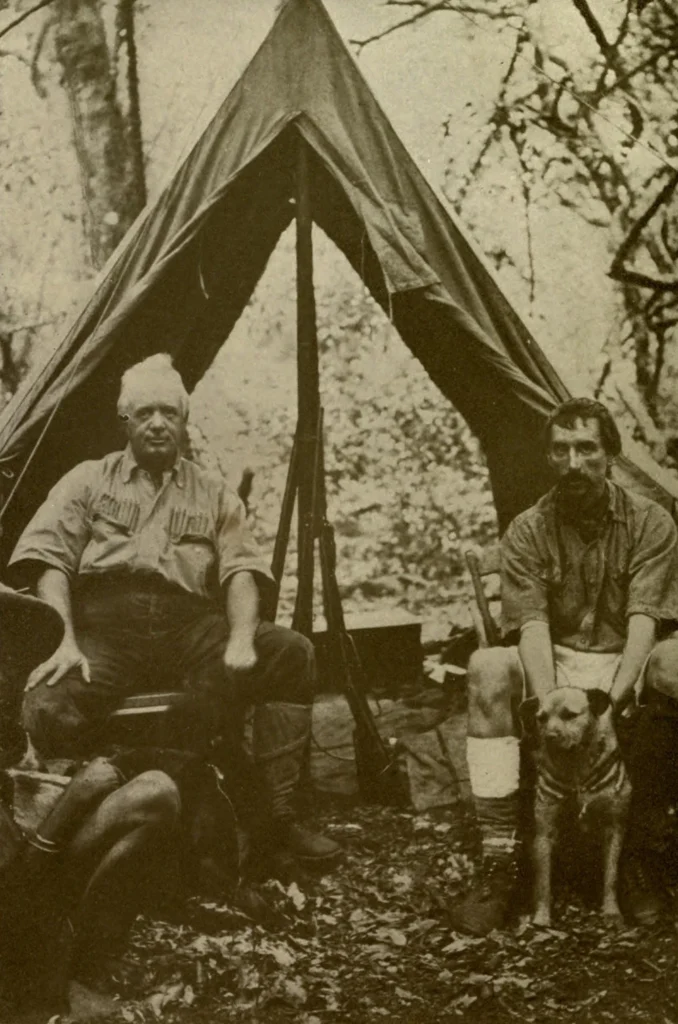


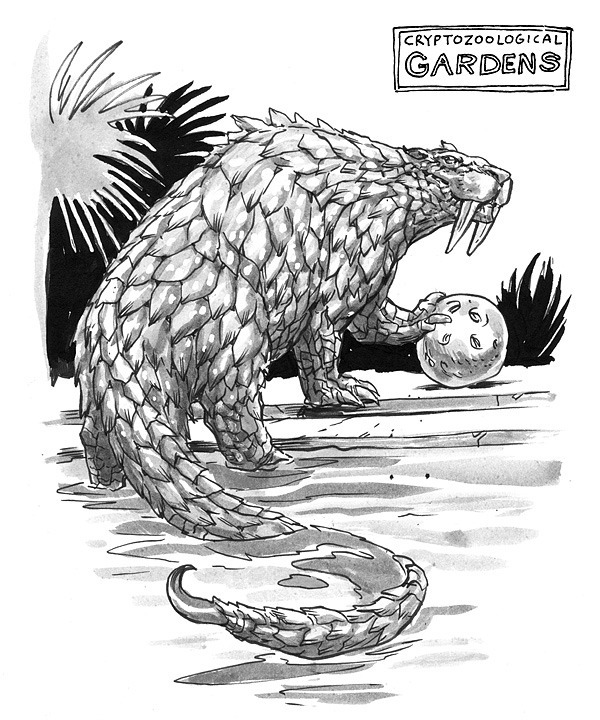
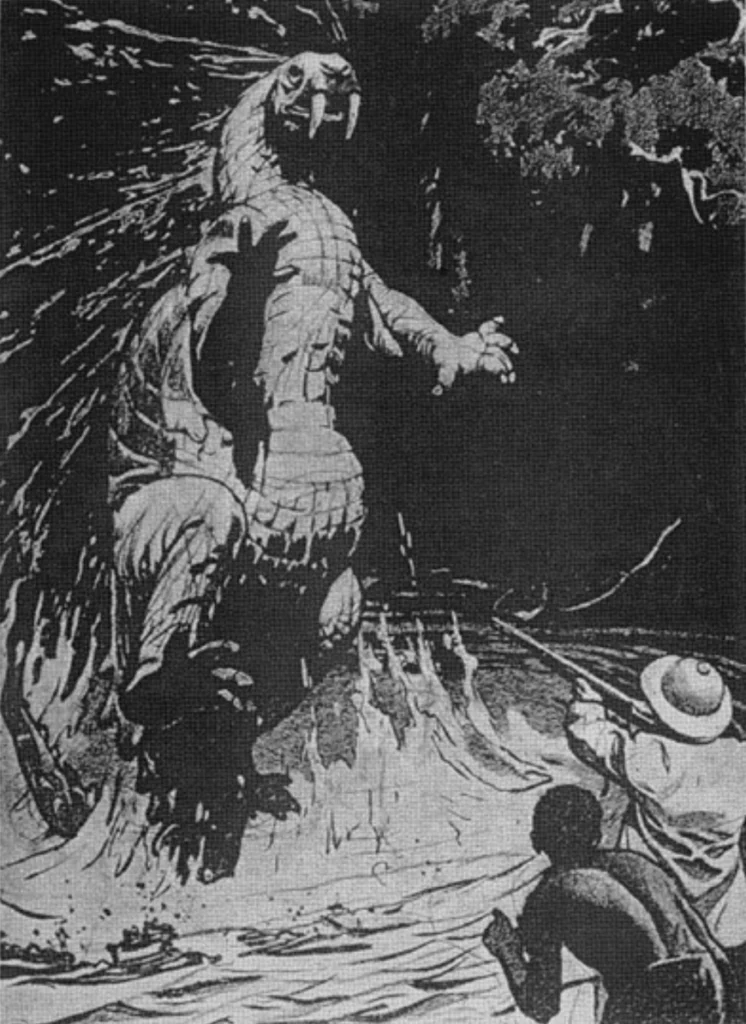
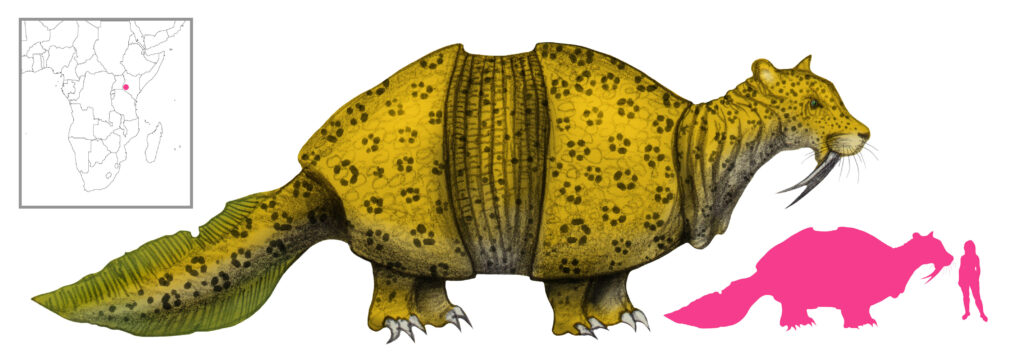
Overview
The Dingonek is an alleged semi-aquatic cryptid reported in East Africa, particularly in the Maggori River and Lake Nyanza (Lake Victoria). The primary account of the Dingonek comes from John Alfred Jordan, a British big-game hunter and ivory poacher, whose 1907 sighting was recorded by Edgar Beecher Bronson in In Closed Territory (1910).
The Dingonek has been described as a fearsome predator with scales, fangs, a broad tail, and clawed feet. Some depictions liken it to a cross between a sea serpent, a leopard, and a whale, while others compare it to a prehistoric reptile or a saber-toothed water lion.
Accounts of similar creatures existed before Jordan’s report, but early legends primarily described large water pythons rather than a mammalian or reptilian hybrid. Over time, European explorers and cryptozoologists connected the Dingonek to other African cryptids, including the Lukwata, Ndamathia, and Ol-maima.
Physical Description
Descriptions of the Dingonek vary across sources but commonly include the following features:
- Size: Between 14 and 18 feet (4.2 to 5.4 meters) in length
- Body:
- Covered in armored, overlapping scales, sometimes compared to those of an armadillo or pangolin
- Leopard-like patterning due to light reflecting off its scales
- Head:
- Resembles a leopard, otter, or dog, depending on the witness
- Feline ears with markings compared to a puff adder’s skin
- Large, white, walrus-like fangs protruding from the upper jaw
- Tail:
- Broad and finned, used for swimming and steering through currents
- Legs and Feet:
- Short but powerful, with clawed feet
- Hippopotamus-sized tracks, but with reptilian claws
In some accounts, modern illustrations add features such as a single horn or a scorpion-like stinger, though neither were described in early reports.
Notable Sightings
1907 – John Alfred Jordan’s Encounter (Maggori River, Kenya)
John Alfred Jordan claimed to have encountered the Dingonek while marching toward the Migori River, a tributary of Lake Victoria. His men, who had gone ahead to the riverbank, returned in terror, describing a monstrous beast-fish.
Upon investigating, Jordan described the creature as:
“The beast measured from fifteen to eighteen feet in length. The massive head was shaped something like that of an otter; two large fangs descended from the upper jaw, resembling those of a walrus. The back of this strange beast was as broad as a hippo’s, but scaled like an armadillo, and the light deflected on the scales gave it the appearance of being colored like a leopard. It had a broad tail, with which it lazily switched the water.” (Jordan, 1917)
Jordan fired a .303 rifle round at the Dingonek, striking it behind the ear. The shot had no effect. The creature then reared vertically up to twelve feet in the air before diving into the river. Jordan fled but later returned to find only large clawed tracks in the mud.
This account was later published in Wide World Magazine in 1917.
1900 – Clement Hill’s Encounter (Lake Victoria)
In 1900, Clement Hill, the British Superintendent of African Protectorates, reported seeing an unidentified aquatic creature emerge from Lake Victoria. According to Hill, the beast’s head and neck rose from the water, and it lunged toward a sailor standing at the prow of a boat before vanishing beneath the surface.
Hill was certain that the creature was not a crocodile, though he provided no further details regarding its size, shape, or other distinguishing features. Due to the lack of a clear description, it is uncertain whether the creature was related to the Dingonek or another Lake Victoria cryptid, such as the Lukwata, which is often described as serpentine or eel-like. Some later sources retroactively merged Hill’s account into the Dingonek legend, despite the absence of key characteristics such as scales, tusks, or leopard-like markings, which were central to Jordan’s description.
Pre-1913 – Mara River Encounter
Charles William Hobley, founder of the East Africa and Uganda Natural History Society, recorded another sighting near the Mara River. An unnamed witness reported seeing a 16-foot-long creature floating downriver on a log, describing it as:
- Spotted like a leopard
- Covered in scales
- Otter-like head
- No visible fangs
The witness shot at the beast, which slid into the river and disappeared.
Local Names and Indigenous Beliefs
The Dingonek is associated with several names in East African traditions:
- Dingonek – The name used by Jordan’s Okiek followers
- Ol-maima / Ol-umaina (Masai) – Now used to describe monitor lizards and pangolins, but may have originally referred to the Dingonek
- Ndamathia (Kikuyu) – A mythological reptilian beast believed to live in the Tana River
- Lukwata (Lake Victoria) – A serpentine cryptid, sometimes equated with the Dingonek
In some indigenous traditions, the Dingonek was considered a sign of prosperity, linked to good harvests and thriving cattle. However, in the early 20th century, some believed that colonial explorers had killed the creature as part of a curse, causing a deadly sleeping sickness epidemic.
Theories and Speculation
Hoax or Exaggeration
- Jordan was known for his storytelling, leading some to suspect his account was embellished.
- Despite this, Jordan’s descriptions remained consistent across multiple publications.
Misidentified Monitor Lizard
- The Nile monitor (Varanus niloticus) can grow over seven feet long and exhibits:
- Armored scales
- Leopard-like patterning
- An otter-like or dog-like head
- Sharp claws and a powerful tail
- The bulletproof nature of the Dingonek may be an exaggeration of the lizard’s tough hide.
Prehistoric Survivor
- Some early theories suggested the Dingonek was a living dinosaur or gorgonopsid.
- Bernard Heuvelmans initially speculated it was a prehistoric crocodile before revising his theory.
Water Lion Hypothesis (Heuvelmans)
- Heuvelmans later suggested that the Dingonek was an aquatic saber-toothed cat.
- He argued that its “scales” were clumped wet fur, creating an optical illusion.
- This theory was weakened by the creature’s finned tail, which is inconsistent with felines.
References
- Bronson, Edgar Beecher. In Closed Territory (1910)
- Heuvelmans, Bernard. On the Track of Unknown Animals (1958)
- Hobley, Charles William. “On Some Unidentified Beasts” Journal of the East Africa and Uganda Natural History Society, Vol. III (1913)
- Jordan, John Alfred. Wide World Magazine, Vol. 39 (1917)
- Payne, D. L. and Ole-Kotikash, L. Maa Dictionary, University of Oregon (2008)
- Shuker, Karl P. N. In Search of Prehistoric Survivors (1995)
- Stow, G. W. and Bleek, D. F. Rock-paintings in South Africa (1930)
Leave a Reply